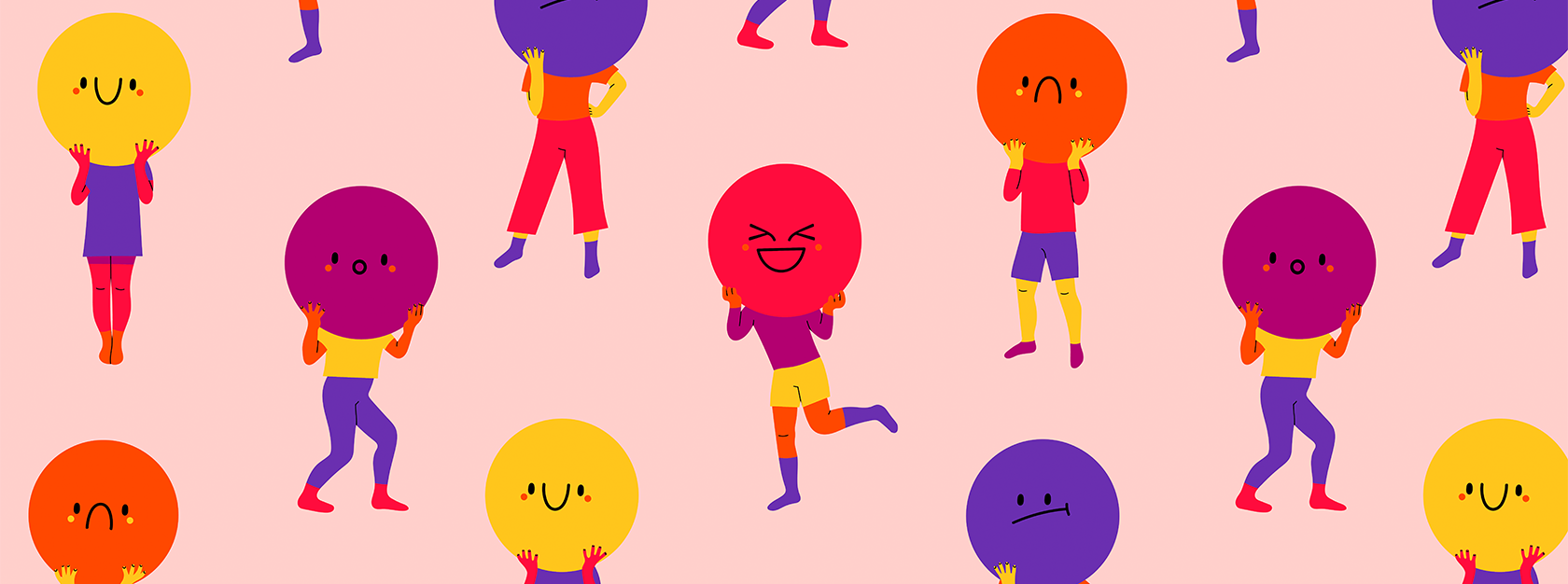
Length
3 min read
Have you ever wondered why some products and services just feel right? Why you’re drawn to certain brands or can’t stop raving about a particular app? The secret lies in the emotional impact of design. Let’s dive into how emotions shape our experiences with products and services.
Why emotions matter in design.
Emotions aren’t just warm, fuzzy feelings – they’re powerful drivers of our behaviour and decision-making processes. In the realm of product and service design, emotions:
- Influence purchasing decisions
- Drive user engagement
- Shape our perceptions and interactions
- Build brand loyalty
Get the emotional design right, and you’re looking at increased user satisfaction and die-hard brand advocates. Miss the mark? You might be facing frustrated users and high abandonment rates.
Don Norman’s three layers of emotional design.
In the book Emotional Design, Don Norman explores how people emotionally react to visual experiences through three distinct levels. These levels contribute to our overall emotional response to design:
- Visceral: First impressions matter! This is all about that initial “wow” factor when a user encounters your product or service.
- Behavioural: How does it work in practice? Users evaluate the functionality and ease of use. A clean, intuitive interface leads to positive emotions.
- Reflective: The big picture. Users contemplate the overall meaning and impact of the product or service in their lives.
The building blocks of emotional design.
So, how do designers actually create these emotional connections? Here are some key elements:
Colour: The use of colour can help to elicit emotions. Colours can also have different cultural meanings so make sure you understand who you’re designing for.
Typography: Bold and bright fonts energise while softer curved fonts soothe.
Imagery: A picture is worth a thousand emotions.
Shapes and Patterns: Visual interest can spark joy.
Animation: Add a dash of fun or guide users smoothly.
Sound: A well-chosen audio cue, like a cheerful chime for a successful action, can instantly reinforce positive feelings and create a more engaging, satisfying product and service experience.
Interaction: How your product or service responds matters. For example, gestures or animations can help to create an engaging user experience.
Brand Identity: Create a personality users want to engage with.
The power of brand loyalty.
Have you ever wondered why you’re so loyal to certain products and services? Let’s talk about those ride-or-die brands we all have. Think about your favourites. What keeps you coming back? Is it just quality, or something deeper?
Take Apple, for instance. They’ve mastered the art of emotional connection. Even when they stumble, their fans stay true. Why? Because Apple isn’t just selling gadgets – they’re selling an experience, a lifestyle. This emotional bond is powerful. It turns customers into advocates and forgives the occasional hiccup. It’s not just about the product; it’s about how the brand makes you feel.
Next time you reach for your go-to brand, ask yourself: What emotional need is this fulfilling? The answer might reveal the true power of emotional design in our purchasing decisions.
Designing for diverse emotions.
Here’s the tricky part: we can’t predict exactly how users will feel when interacting with our products or services. People bring their own emotional baggage to every experience. Plus, we need to consider accessibility – a product or service that delights most users might frustrate or cause anxiety for those with different abilities.
The importance of user research.
The key to navigating this emotional minefield? Consistent deep user research and usability testing. By mapping user journeys, identifying pain points, discovering delights and investigating opportunities, designers can create products and services that resonate on an emotional level.
Empathy: A designer’s superpower.
As designers, we need to approach our work with open minds and empathetic hearts. We might not personally experience every situation our users face, but we can strive to understand and design for a diverse range of needs and emotions.
Wrapping up.
Emotional design isn’t just about making things look pretty – it’s about creating meaningful connections between users and products and services. By considering the emotional impact of our design choices, we can craft experiences that truly resonate with users on a deeper level.
What are your thoughts on emotional design? Have you experienced a product or service that really nailed the emotional connection?
